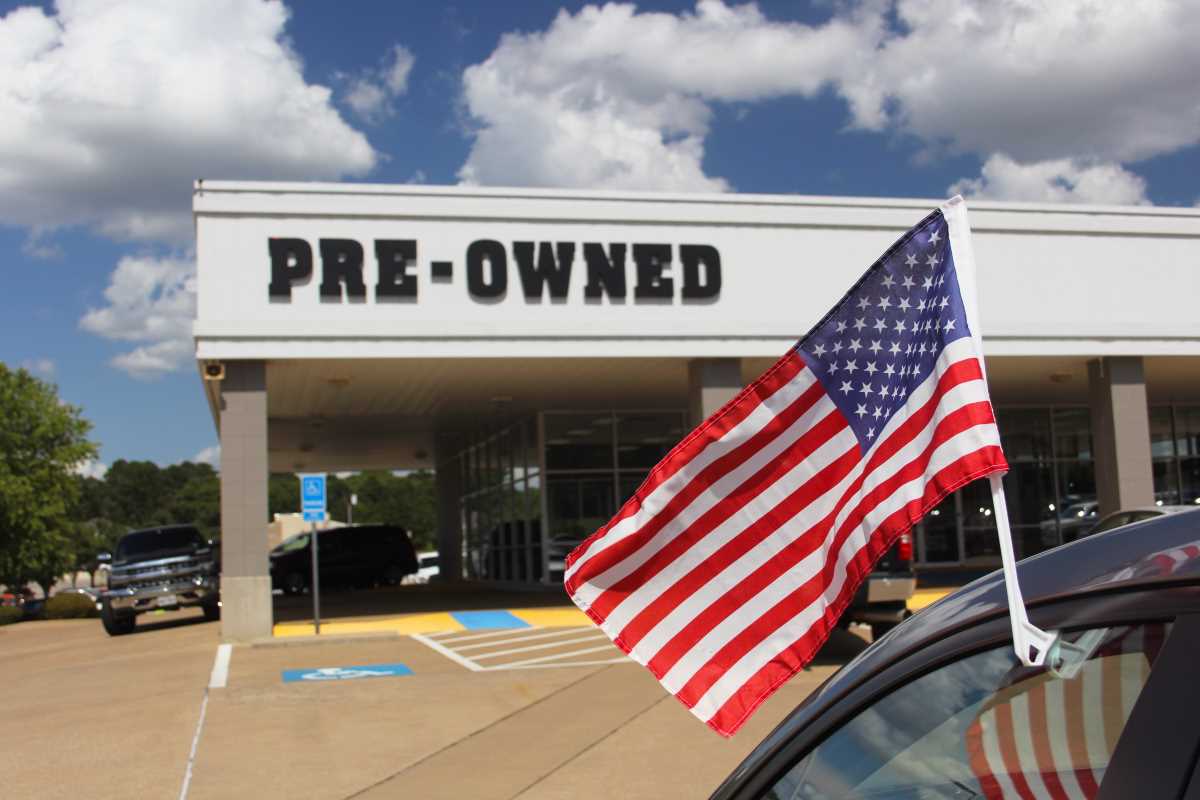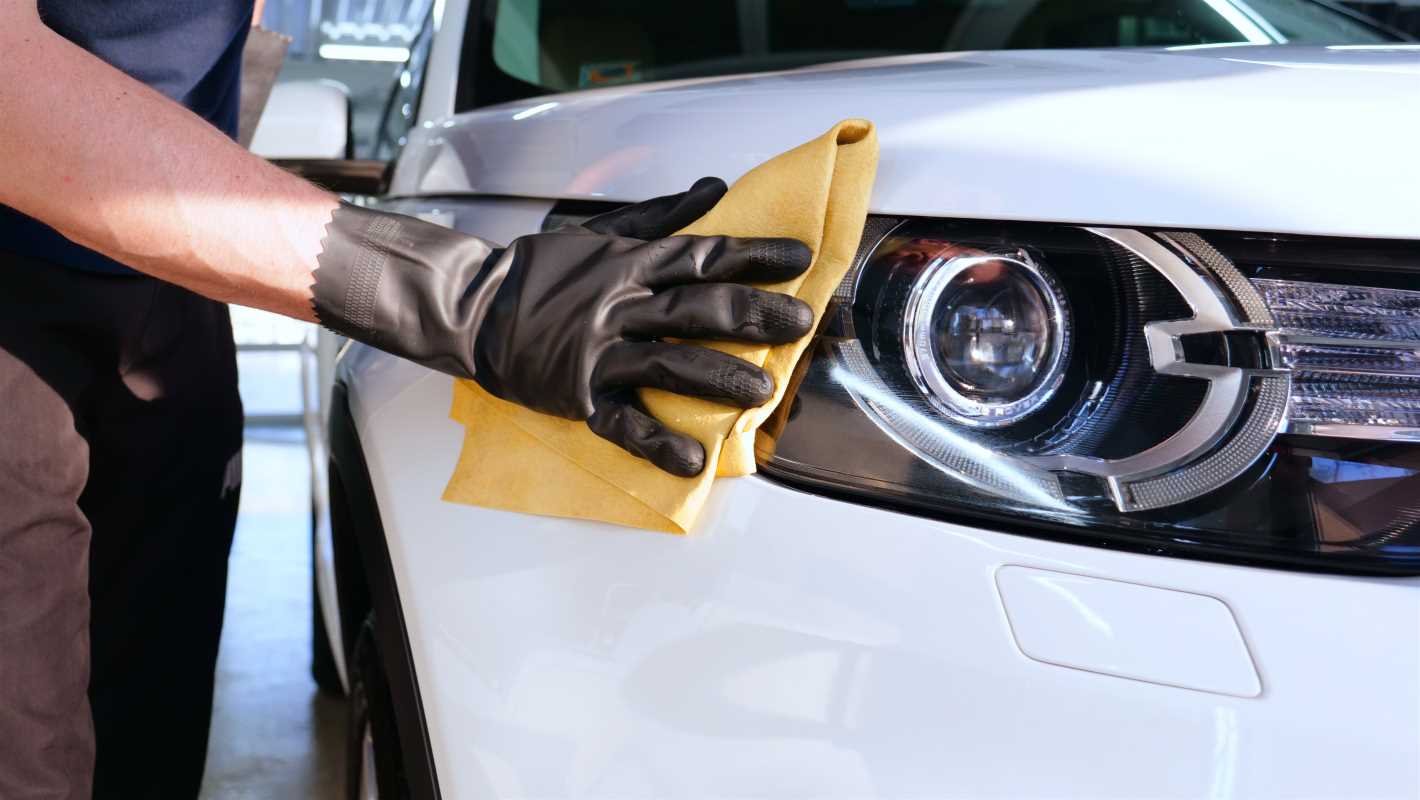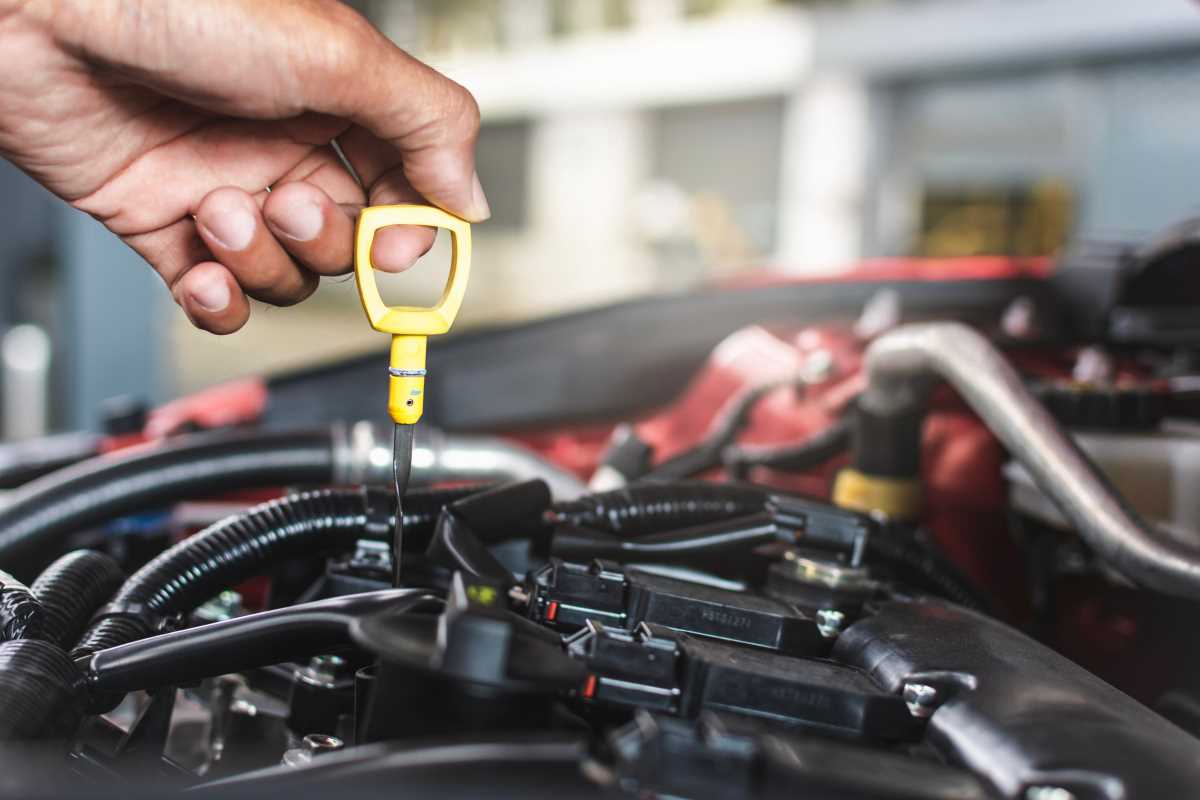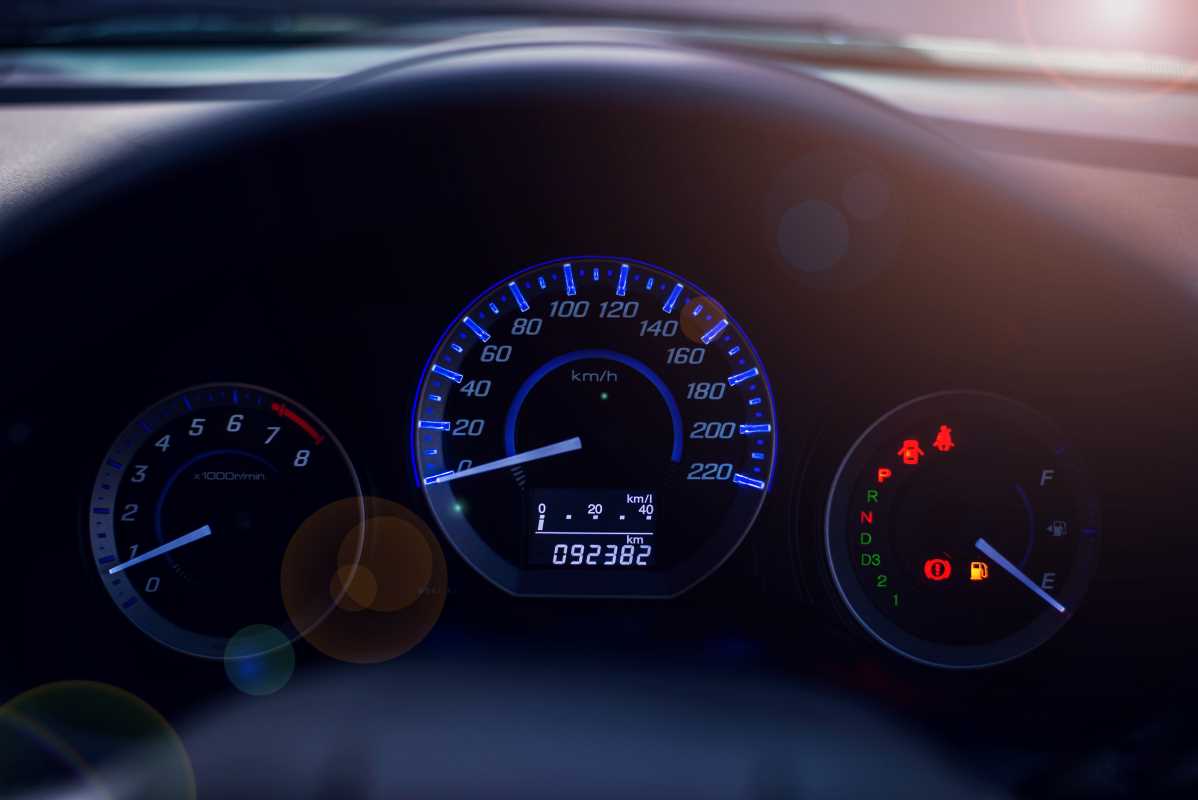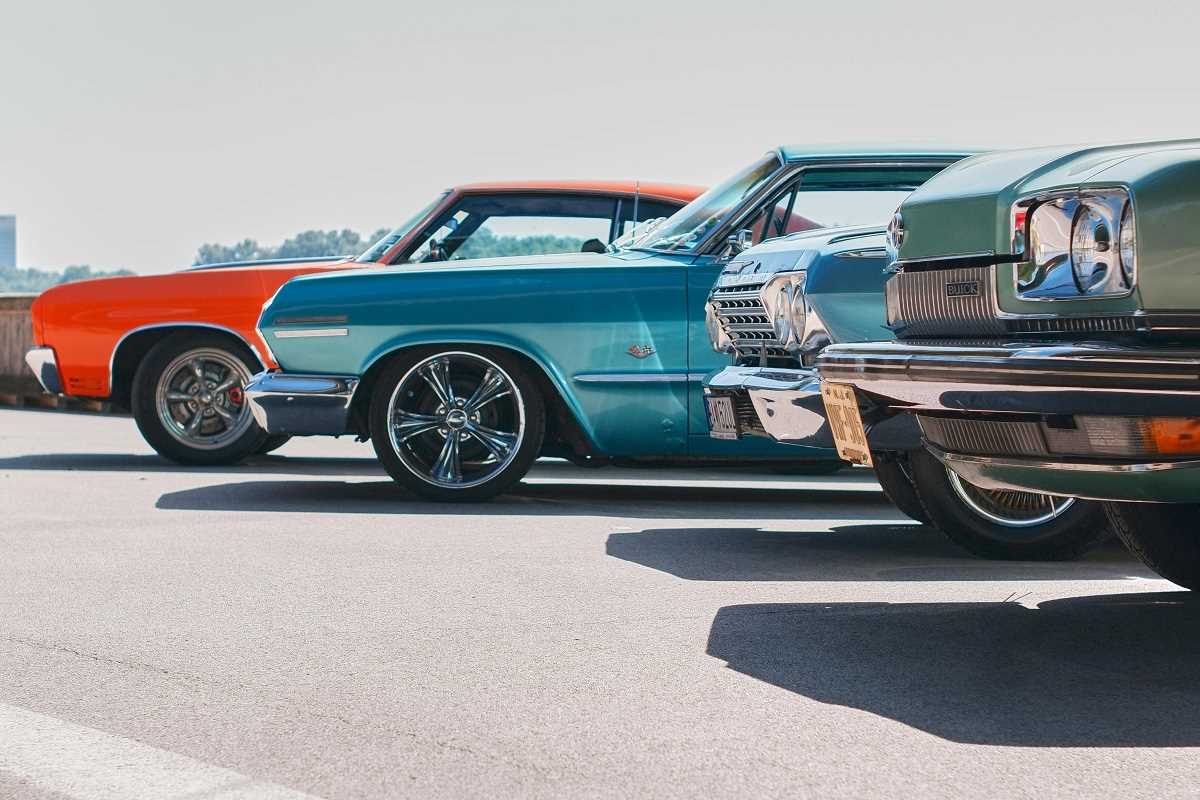If you’ve been saving up for a used car, you’re probably eager to find the perfect ride at the right price. But here’s something not all buyers think about: timing matters. The used car market isn’t just about makes, models, and mileage. The time of year you shop can have a huge impact on how much you pay. Dealers and private sellers alike adjust their prices depending on demand, seasons, and even holidays. Knowing when to look for your next car can help you save hundreds or even thousands of dollars. Curious about the best times to buy? Keep reading to find out when you’re most likely to score a great deal.
End of the Month
Salespeople often have monthly quotas to meet, and the end of the month is when the pressure is really on. If they’re close to hitting their sales goals, they may be more willing to negotiate and offer discounts. This is when you’ll see dealerships trying to move inventory off the lot, especially if there’s a surplus of used cars they need to clear out.
For buyers, this creates a perfect opportunity to swoop in and save big. A dealer might cut you a better deal just to hit their number, whether that means lowering the price, offering better trade-in value, or throwing in add-ons for free. Shopping during the last few days of the month can give you the upper hand in negotiations.
Late December
The holidays are a time for giving, and that giving spirit extends to car dealerships too. More importantly, the year-end sales push makes late December one of the absolute best times to shop for a used car. Dealerships typically want to clear out inventory before the new year so they can make room for incoming models. This applies to both new and used cars, but the desire to empty the lot leads to fantastic discounts across the board.
Buyers can also benefit from slow foot traffic at the dealership. With most people focused on holiday shopping, the lot may not be as crowded as usual. This gives you more room to negotiate and ensures you get more attention from the sales staff. Combine these factors, and late December becomes prime time to land a great deal.
Tax Season Wind-Down
Tax refund season usually kicks off in early spring, and for many Americans, that shiny refund check burns a hole in their pocket. Dealerships know tax season brings more buyers onto the lot, and prices tend to be higher to capitalize on this spike in demand. However, once the rush slows down in late spring and early summer, the tables can turn in favor of the buyer.
By mid-summer, dealers are looking to keep sales moving after the end-of-tax-season surge, which means they may be more flexible on pricing. Shopping after the tax season crowd has cleared out can help you find better deals, as sellers are eager to keep inventory turning over.
Back-to-School Season
While late summer usually focuses on family preparations for a new school year, it can also be a smart time to shop for a car. Families upgrading their vehicles for carpools or teenagers heading off to college often trade in their current cars for something newer or more practical. This flood of trade-ins can create a swell of inventory, giving you more options to choose from.
Dealers looking to cater to back-to-school shoppers may also highlight promotions during this period. It’s a win-win for buyers, since there’s a balance of increased supply and deals on vehicles that meet practical needs like fuel efficiency or cargo space.
Late Winter (After January)
January can be a tough month for car sales. With the holidays in the rearview mirror and budgets tight from gift-giving, fewer people are out shopping for cars. This slump encourages dealerships to offer aggressive pricing on both new and used models to tempt buyers back into the market.
During this time, you might notice significant discounts and promotional offers as dealers try to jump-start the year. Some sellers may even carry over year-end deals from December in an effort to move slower-selling inventory. If you’re okay with braving some winter weather for test drives, late winter could offer prime opportunities for savings.
Holiday Weekends
Holiday weekends are known as shopping bonanzas for all types of goods, and cars are no exception. During events like Memorial Day, Labor Day, or even Presidents’ Day, dealerships often roll out special promotions to draw in buyers. These sales events can include reduced prices, low-interest financing, or trade-in bonuses.
While this might sound more like a gimmick than a real opportunity, these sales can create genuine savings. The key is to do your research before heading to the showroom. Know the market value of the car you’re interested in and compare it to the advertised deals. Holiday promotions can give you the added push to make your purchase, but only if you’re confident it’s a good offer.
October and November
If you’re not in a rush to buy, holding off until fall can also pay off. October and November are interesting months for the car market because they lead up to the end-of-year clearance events. Dealers begin making room for the influx of new inventory they expect in December and January, so they may start subtly discounting older stock.
If you time it right, this period allows you to shop when the selection is more plentiful than it will be at the very end of the year, but prices are already starting to drop. This sweet spot between summer and the frenzy of holiday sales can work to your advantage.
Finding the right used car is about more than just picking the right model. Timing your purchase strategically can make all the difference in finding the perfect vehicle at a price you feel great about. By shopping at the right times of year, you’ll give yourself the best chances of scoring a deal that leaves both you and your wallet happy.

